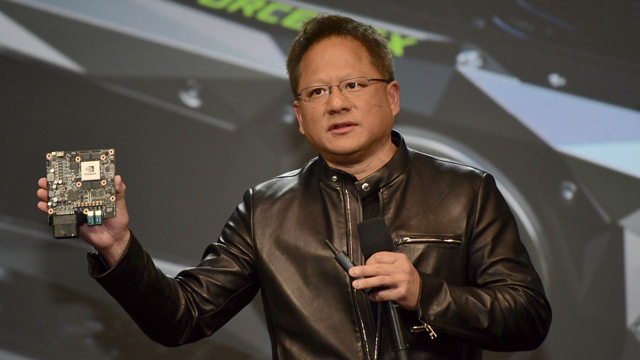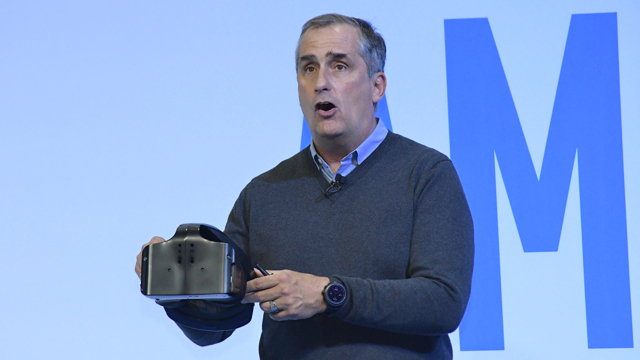CES 2017: That Just Happened – Closing Day Takeaways
January 9, 2017
CES 2017 may be best remembered not for one standout product, but for revealing a new and powerful generation of technology and the things it enables. The top five CES hashtags as the show ended perfectly summarize the hot topics of the week: #tech, #iot, #ai, #VR, and #CES. It was also a remarkably balanced show in the sense that almost every product category and business sector reflected applications and the impact of this evolution. Moore’s Law is alive, tomorrow is here, and the pace is accelerating. Three of the most important presentations of the week were made by Nvidia, Intel, and Qualcomm. Their processors deliver the power necessary for this next level of computing.
While the scope and scale of the automotive sector provides the economic incentive and funding, Nvidia co-founder and CEO Jen-Hsun Huang made it clear in his opening keynote that every advance in their technology is built on their core experience in entertainment: games, visual effects and animation, specifically. The company, which has been best known for its graphics processors, is now designing and building some of the most advanced computers in the world and investing heavily in artificial intelligence and deep learning.
“When AI met our processor,” Huang said, “it set off the Big Bang of deep learning,” a breakthrough technology with which AI has the ability to perceive the world.
Intel CEO Brian Krzanich, a keynoter last year, used a CES press day event to walk 250 media influencers through virtual and augmented reality experiences. “Technology is extending far beyond consumer electronics,” he said as he noted how innovative people push the boundaries of technology to create new ways of unleashing human imagination and potential. The packed Intel booth featured “a slew of new technologies aiming to help gamers, athletes, artists, industrial engineers and others reach peak performance and achieve new breakthroughs,” Intel blogged.
Qualcomm CEO Steve Mollenkopf introduced the Snapdragon 835, the first 10 nanometer mobile processor that can deliver extended battery life, built-in security, eye-based authentication, secure audio, on-device machine learning and immersive experiences. The company’s technology is employed in both automotive systems and smartphones.
The bigger news from Qualcomm is 5G, which is being imagined as a new kind of network, faster, more complex, and scalable in previously unprecedented ways. “5G will be the tipping point that builds on LTE and finally enables IoT,” said Mollenkopf.
5G portends a transformational advance for the delivery of mobile video. Ericsson and companies such as Sinclair also promoted the game-changing advances of 5G and ATSC 3.0.
AI and deep learning combined with better and faster networks will change how we live, work and play. Particularly in play, there will be new ways to discover and connect with entertainment tuned to our tastes, but not necessarily based only on our choices. When machines can perceive the world, will this change how we market entertainment and other products? This was a subject that came up on numerous sessions during the C-Space media conferences.
Robots were seemingly everywhere, from the life-like Hanson Einstein model to more traditional metal and plastic configurations and the notion that products like Amazon’s Alexa and Google Assistant are robots, too.
Carnival Corporation’s Ocean Medallion is a good example of how man and machine work together, with the machine enabling the person to perhaps be more human.
A weekend panel on the future of healthcare may have captured this new relationship between humans and technology, observing that the layers of complexity are so great that some digital assistance is essential. In healthcare, the issue revolved around the subjects of changing roles of medical professionals and a world where people will have to take more responsibility for their own health.
While figuring out which movie or television show to watch is not quite the same as diagnosing a medical condition, the fundamental ability to search through a myriad of options can still apply. That is one reason some of the most interesting announcements relevant to entertainment involved the new video service from Hulu, Nvidia’s and Google’s Shield, and even a low-cost entrant, WooHoo, that delivers smart home functionality to a mass market.
ETC analysis of CES 2017 continues throughout the week as we prepare our complete report.



No Comments Yet
You can be the first to comment!
Sorry, comments for this entry are closed at this time.